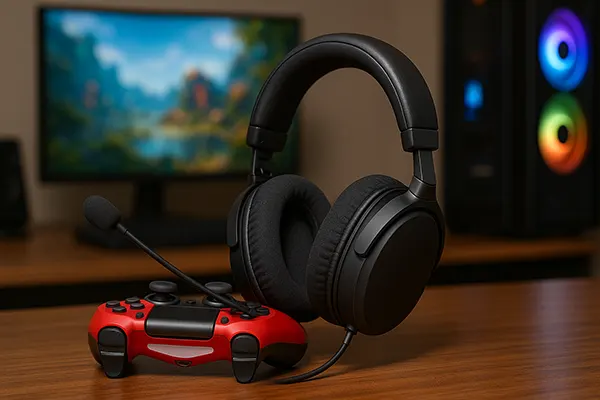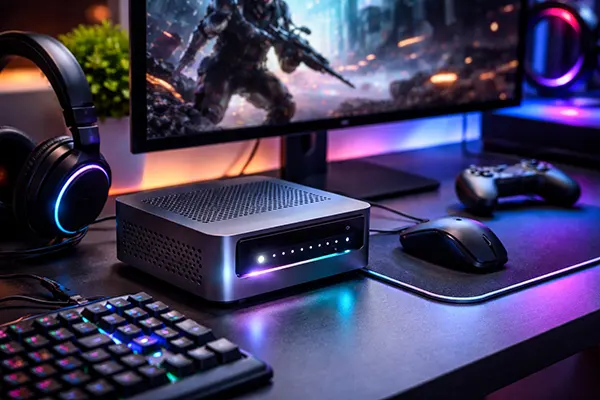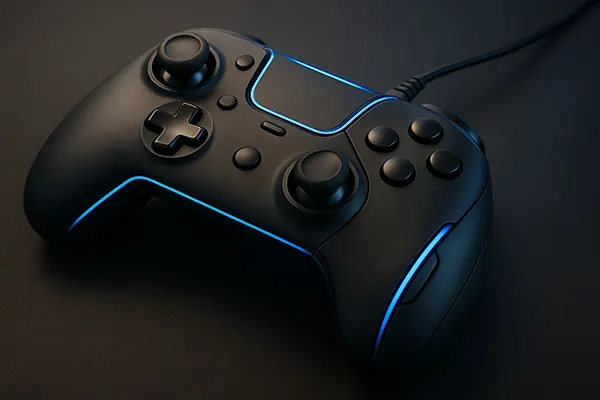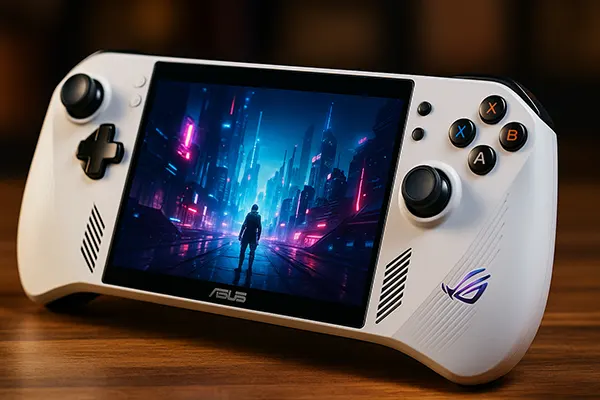
3D Spatial Audio Headsets in 2025: Tested Models That Truly Enhance Gaming
Spatial audio has long moved past being a marketing gimmick. In 2025, it plays a measurable role in shaping competitive gameplay and deepening immersion. From pinpointing footsteps in tactical shooters to enhancing atmospheric storytelling in open-world RPGs, 3D soundscapes are no longer optional – they’re essential. This article explores how spatial audio works and puts three popular gaming headsets to the test: the SteelSeries Arctis Nova Pro, ASUS ROG Delta S, and Audeze Maxwell.
How Spatial Audio Technology Works in Modern Gaming
Spatial audio simulates sound in three-dimensional space, making it possible for players to identify direction, distance, and elevation of sound sources. Unlike stereo audio, where sounds are limited to left-right channels, spatial audio envelops the listener in a sphere of sound. Technologies like Dolby Atmos, DTS:X, and Sony’s Tempest 3D AudioTech handle this by processing audio data in real time to reflect how sound interacts with the environment.
DTS:X, primarily used in PC environments, offers object-based audio rendering, allowing developers to assign precise positions to sounds. Dolby Atmos, on the other hand, is widely integrated in both PC and console ecosystems and adapts well to headphones through custom HRTF profiles (Head-Related Transfer Functions). Tempest 3D AudioTech, developed by Sony, is heavily optimised for the PlayStation 5 and tailors soundscapes specifically to the player’s ear geometry, making the experience extremely personalised.
These technologies go beyond gimmicks. For competitive players, accurate spatial cues mean faster reaction times. In narrative-driven genres, the detailed audio landscapes heighten emotional engagement. The result is not just realism, but functional audio performance with clear gameplay benefits.
Use Cases in Shooters, RPGs, and VR Titles
In tactical shooters like Rainbow Six Siege or CS2, spatial audio provides players with crucial information. The ability to discern whether an enemy is moving above, behind, or to the left of a corridor can define the outcome of a round. Professional players now actively tune headsets for directional clarity over base-heavy presets.
In RPGs such as Cyberpunk 2077 or Starfield, spatial audio enriches the atmosphere. The subtle hum of neon signs, distant conversations in crowded marketplaces, or weather ambience around cliffside villages – all are conveyed with dimensional precision. This isn’t just a sensory delight; it also informs gameplay through audio-driven exploration cues.
VR gaming amplifies the importance of spatial audio even further. In titles like Half-Life: Alyx or The Walking Dead: Saints & Sinners, 3D sound ensures situational awareness. Without it, interactions feel disjointed and immersion breaks. When properly implemented, spatial audio in VR offers not just realism but a sense of place, which is vital in simulating presence.
Comparison Test: SteelSeries Arctis Nova Pro vs ROG Delta S vs Audeze Maxwell
Three premium headsets were selected for testing in June 2025: SteelSeries Arctis Nova Pro, ASUS ROG Delta S, and Audeze Maxwell. The testing focused on directional clarity, comfort during long sessions, and compatibility with major spatial audio formats. Tests included gameplay in Hellblade II, Escape from Tarkov, and Resident Evil 4 Remake (VR).
The SteelSeries Arctis Nova Pro stood out for its DAC module and dual wireless connectivity. Its support for Dolby Atmos for Headphones offered impressive spatial separation, although the headband pressure may fatigue during extended wear. ROG Delta S, while lighter, prioritised DTS:X Ultra and excelled in tactical shooters, though its tuning required more user adjustment.
Audeze Maxwell, equipped with planar magnetic drivers, delivered unparalleled positional accuracy, especially in VR and open-world titles. With robust Tempest 3D support and an expansive soundstage, it proved to be the most versatile of the three. However, its weight and bulk may deter casual gamers.
Evaluating Accuracy and Performance in Real Gameplay
During tests in Call of Duty: Modern Warfare III, Arctis Nova Pro offered a clear front-back distinction but struggled with vertical localisation. ROG Delta S, once optimised through Armoury Crate software, provided precise left-right clarity and superior comfort. In contrast, Audeze Maxwell excelled in all axes of movement – up, down, forward, back – especially in dynamic environments like Apex Legends.
In the RPG benchmark with Horizon Forbidden West Complete Edition, all three headsets performed well, but Audeze’s spatial layering stood out. Players could detect ambient wildlife and distant combat with greater accuracy, creating a more reactive play experience. Delta S lagged slightly in low-frequency detailing, while Arctis maintained balance with its EQ presets.
VR performance was perhaps the most telling. In Resident Evil 4 Remake (VR), Maxwell’s precision tracking of off-screen sounds added tension and responsiveness, enhancing gameplay. While Arctis Nova Pro delivered a clean soundstage, it lacked the depth layering found in Maxwell. Delta S was efficient, though clearly behind in immersion and 360-degree awareness.

Are 3D Audio Headsets Worth It for Gamers in 2025?
With games increasingly designed to support spatial audio natively, investing in a headset that accurately reproduces 3D sound is no longer optional for serious players. Whether competing or exploring narrative titles, the impact of directional sound on performance and immersion is tangible. It’s not about volume or bass – it’s about precision and sound imaging.
Headsets that support Dolby Atmos or DTS:X Ultra are now standard across mid and high-tier gaming markets. Most AAA titles are optimised for these technologies, with configuration options readily available in-game. Players using generic stereo headphones risk missing out on critical cues, especially in competitive scenarios or complex environments.
Ultimately, the value of a 3D audio headset in 2025 depends on usage. For competitive shooters, the advantage is concrete. For RPG or VR enthusiasts, immersion and realism take centre stage. Casual players may not need the highest-end models, but those seeking serious improvement in awareness, storytelling, and responsiveness will find these headsets a worthy upgrade.
Future Trends and Recommendations
Looking ahead, we expect spatial audio integration to become even more adaptive. AI-driven personalisation based on head shape and ear measurements is already being trialled in beta hardware by several manufacturers. These advancements aim to close the gap between headset simulation and natural hearing.
Cross-device support is also improving. Gaming headsets with built-in firmware toggles between PC, console, and mobile spatial modes are on the rise. In 2025, it’s no longer just about compatibility – it’s about consistent quality across all platforms without relying on additional software.
For players upgrading their equipment this year, prioritising headsets with native support for Tempest 3D AudioTech (for PlayStation users), Dolby Atmos (for Xbox/PC), or DTS:X Ultra (for PC-centric setups) is a smart move. Evaluating comfort, battery life, and software support remains just as important as raw audio specs.





